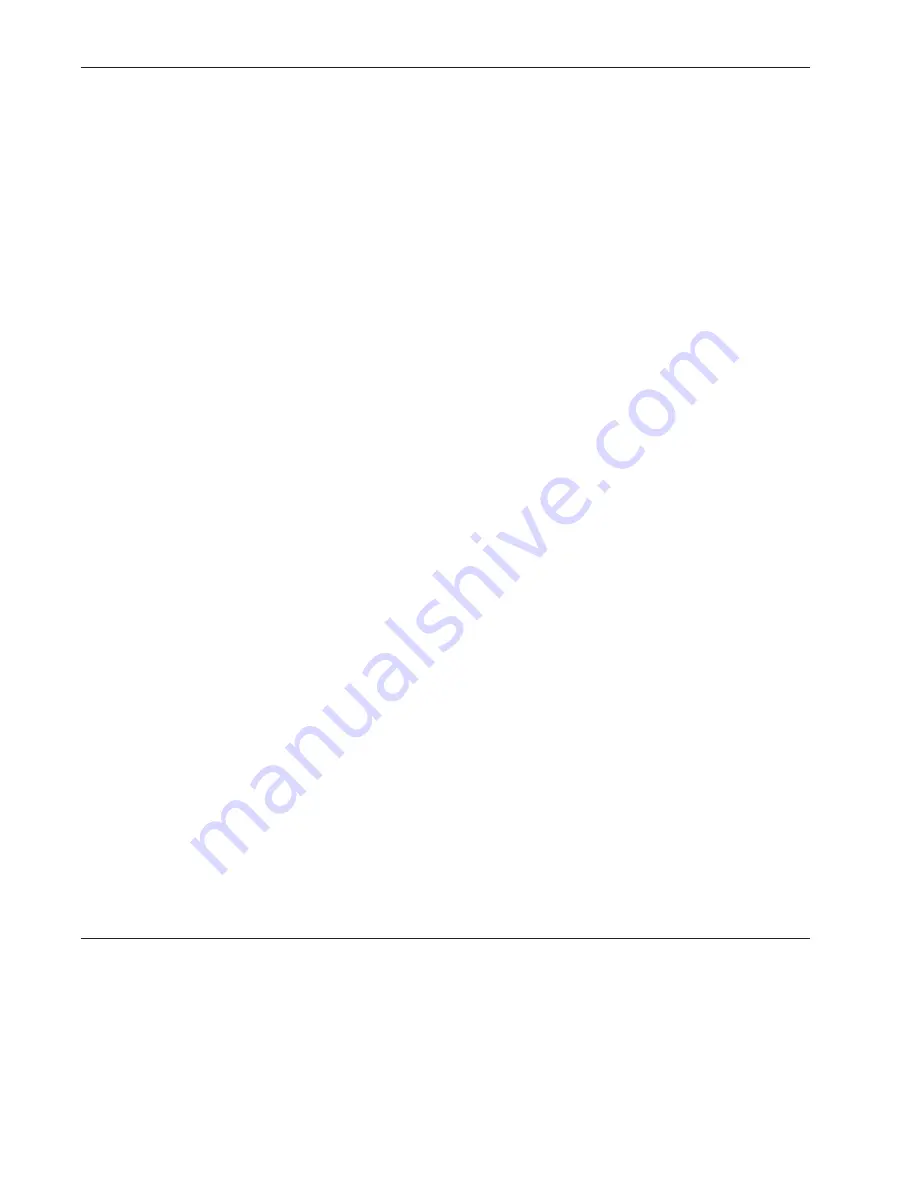
DynaVox Technologies
62
The navigation buttons at the bottom of each Page Wizard window can be used to step forward or
backward through the page creation process. These buttons include:
Next -
Select this button to move to the next window in the Page Wizard. The
Next
button will
be unavailable if an element on the current window needs to be further defined.
Prev -
Select this button to return to the previous window in the Page Wizard.
Exit the Page Wizard -
Select this button to stop designing a page. You have the option to save
the progress you have made, or to close the Page Wizard without saving your work.
Create the Page -
Select this button to create the page as it currently exists, without continuing
to add information.
The Page Wizard provides tools for creating pages and popups that are as simple or complex as your
individual communication needs. Before you begin to create a new page with the Page Wizard, you will be
asked to choose a level of complexity for your page layout. The
Select complexity level:
pull-down menu
in the first window of the Page Wizard offers a choice between two levels of complexity:
Beginner -
The beginner level allows you to use one page layout on a communication page. The
page can contain any number of buttons but only one primary page layout.
Expert -
The expert level provides options that are not available in the beginner level, including
additional windows with advanced options for defining the elements of a page layout. Use the
expert-level Page Wizard tools to:
●
Define every aspect of each individual button on the page layout. The
Behavior Editor
menu can be used to program a button to perform multiple actions.
●
Change the margins of the active area in a page, popup or set of tab controls.
●
Define the characteristics of every tab in a set of tab controls.
●
Add a new page layout to any section of a page that contains a button grid. Multiple
organizational layers can be used on a page or popup.
The second window of the Page Wizard asks you to select a layout for your new page. A page layout
defines the elements that are available on a page, as well as their relative sizes and positions. A page
layout can include buttons (in columns, rows or grids), a Message Window, a Search Box or tab controls.
The Page Wizard provides several standard page layouts that can be used as a starting point for new
pages and popups. The
Page Layout
box displays the layout options in the
Select a layout:
viewport. The
selected layout will be outlined in blue in this viewport and displayed in the
Preview
box.
Note:
In the sample layouts, small blocks with buttons and dotted lines indicate areas of the page
where button grids can be placed. The sample button layout does not reflect the way the
page will look. Any number of buttons can be used in the designated area.
Summary of Contents for DV4
Page 1: ......






























